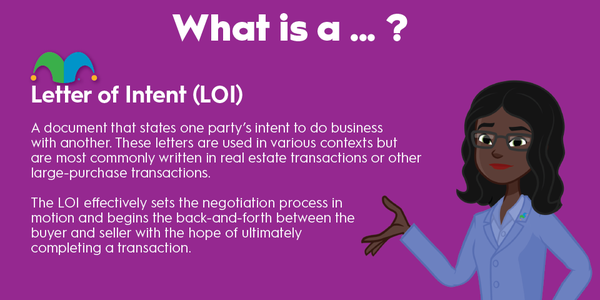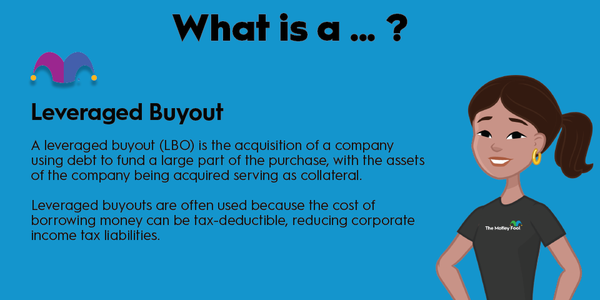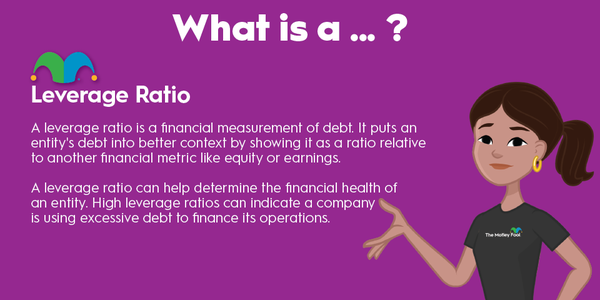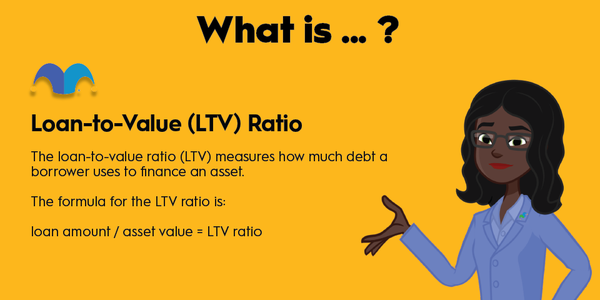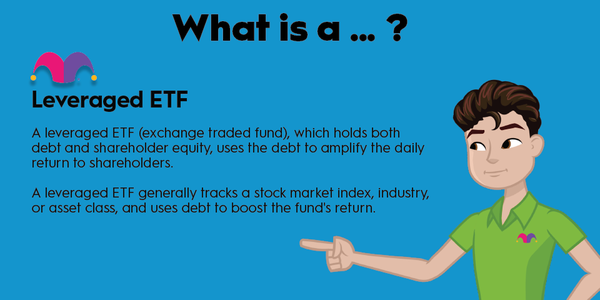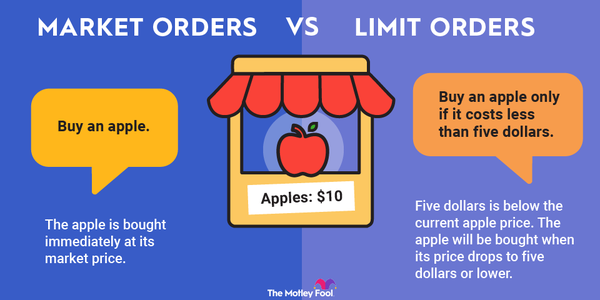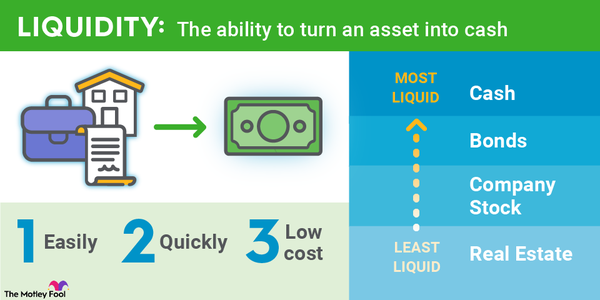Your task for the week: Research 8,700 exchange-traded funds (ETFs), 7,300 mutual funds, and 5,000 stocks to select the right securities for your portfolio.
Sound overwhelming? Then, you might be a candidate for a lifestyle fund. Read on to learn what lifestyle funds are, when to invest in them, and how to research your lifestyle fund options.
Understanding lifestyle funds
Understanding lifestyle funds
Lifestyle funds invest in a mix of stocks, bonds, and other assets to achieve and maintain a targeted risk level. They are also called target-risk funds.

As with any pooled investment fund, you buy one share of a lifestyle fund to gain exposure to all assets in the portfolio. The individual assets have their own risk characteristics, but the aggregate behavior of the portfolio should align with the fund's stated approach.
There are three main styles of lifestyle funds:
- Conservative lifestyle funds prioritize capital preservation and income. With low volatility and relatively consistent returns, conservative funds are appropriate for risk-averse investors and retirees.
- Moderate lifestyle funds balance growth with capital preservation. A moderate fund will have a higher allocation of stocks versus a conservative fund. There may be some volatility, but performance should be more consistent than the overall market.
- Aggressive lifestyle funds invest for capital appreciation. In the near term, aggressive funds are likely to be reactive to economic and market trends. These are suitable for investors with a longer timeline and a good appetite for risk and growth.
Note that some fund families break their lifestyle funds down into more specific categories, such as moderately conservative or moderately aggressive.
A low-maintenance investment
Lifestyle funds are low-maintenance because they function best as the only position you own. Adding assets to the fund will alter your overall portfolio risk -- which defeats the purpose of investing in a fund that's managed to a specific risk level.
When your portfolio consists of only one fund, you don't have to monitor your asset allocations or rebalance. You need only watch the performance of the fund to ensure it's meeting your expectations.
When to invest in lifestyle funds
When to invest in lifestyle funds
Lifestyle funds are suitable for the investor who:
- Doesn't want to build and manage a custom portfolio of individual assets
- Has a specific risk tolerance and doesn't expect that tolerance to change over time
Since lifestyle funds maintain the same risk over time, they do not support the conventional strategy of reducing investment risk as you near retirement. This can be a good thing or a bad thing depending on your preferences.
You might want a consistent risk profile if you're already investing conservatively, for example, or if you'd rather hold more risk in your senior years for potentially higher returns. If you prefer a fund that gradually reduces risk over time, target-date funds are a better fit.
Researching lifestyle funds
Researching lifestyle funds
Understanding your own risk tolerance is the first step in researching lifestyle funds. Generally, you can take on more risk when your investment timeline is 15 years or more. If you need to pull money from your investment account in five years, though, you should invest more conservatively.
Defining your target risk level first keeps you focused on comparable funds that suit your preferences. From there, factors to review for each fund include:
- Expense ratio: The expense ratio tells you how much you pay annually for fund expenses. A lower ratio is better. Lower expense ratios are often associated with higher overall returns, too.
- Investment approach: Use the fund description and approach to confirm your understanding of conservative, moderate, or aggressive investing. Usually, the fund will outline its approach in terms of capital preservation, income generation, growth prospects, and volatility.
- Asset allocation: Review the portfolio composition across different asset classes. More aggressive funds should have higher stock allocations, while conservative funds should lean into bonds. Make sure the asset allocation aligns with your risk tolerance.
- Fund performance: Finally, evaluate the fund's historic performance relative to its peers, benchmark index, and stated investment approach.
Related investing topics
Example of research review process
Review: Vanguard LifeStrategy Moderate Growth Fund
Now, let's apply this review process to the Vanguard LifeStrategy Moderate Growth Fund (VSMGX 0.62%).
Vanguard LifeStrategy funds use index funds to achieve certain risk profiles. This passive, all-index approach keeps expense ratios low, which is characteristic of the Vanguard family. The LifeStrategy Moderate Growth Fund, for example, has an efficient expense ratio of 0.13%.
Vanguard's moderate growth fund seeks "capital appreciation and a low to moderate level of current income" by way of this asset allocation:
- 36.7% domestic stocks
- 27.3% domestic bonds
- 24.2% international stocks
- 11.8% international bonds
The table below shows return metrics for LifeStrategy Moderate Growth Fund, its benchmark; a similar fund, Schwab MarketTrack Balanced Portfolio (NASDAQMUTFUND:SWBGX); and the S&P 500 as of October 2023. Note that Schwab MarketTrack Balanced Portfolio's expense ratio is 0.49% -- much higher than the LifeStrategy Moderate Growth Fund.
| Asset Name | 1-Year Return | 5-Year Return | 10-Year Return |
|---|---|---|---|
| Vanguard LifeStrategy Moderate Growth Fund | 12.37% | 4.15% | 5.66% |
| Vanguard Moderate Growth Composite Index (benchmark) | 12.78% | 4.62% | 5.99% |
| Schwab MarketTrack Balanced Portfolio | 11.61% | 3.91% | 5.34% |
| S&P 500 | 22.69% | 11.27% | 12.02% |
You can see that the moderate strategy underperforms the S&P 500. This is what you'd expect. You'd also expect to dive into the data and find lower volatility in these funds versus the S&P 500. The lower return potential is the tradeoff for having a smoother growth trajectory.
The tradeoff is the core benefit of the lifestyle fund. If you accept investing's fundamental risk/return tradeoff, a well-run lifestyle fund shouldn't hold too many surprises.

